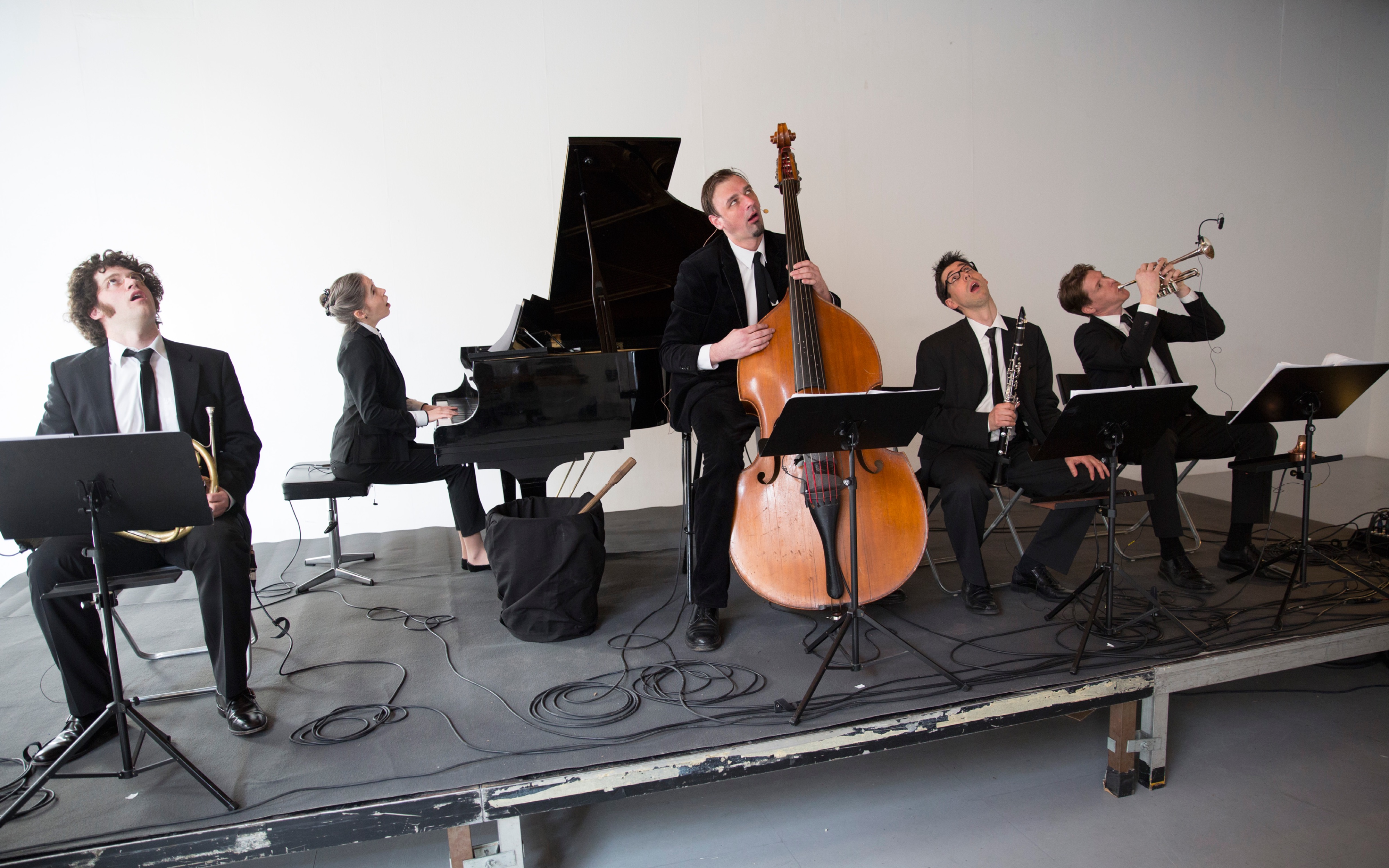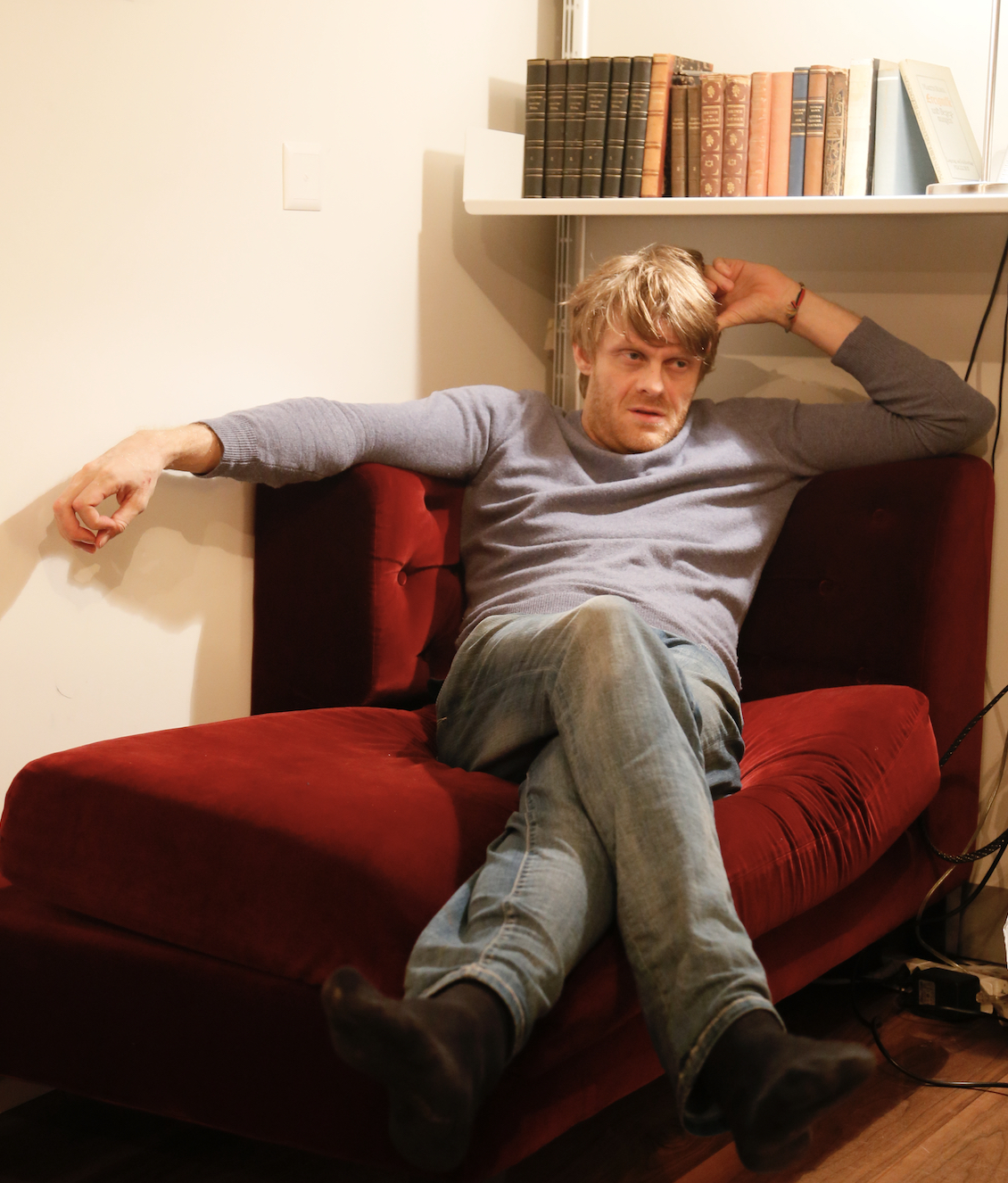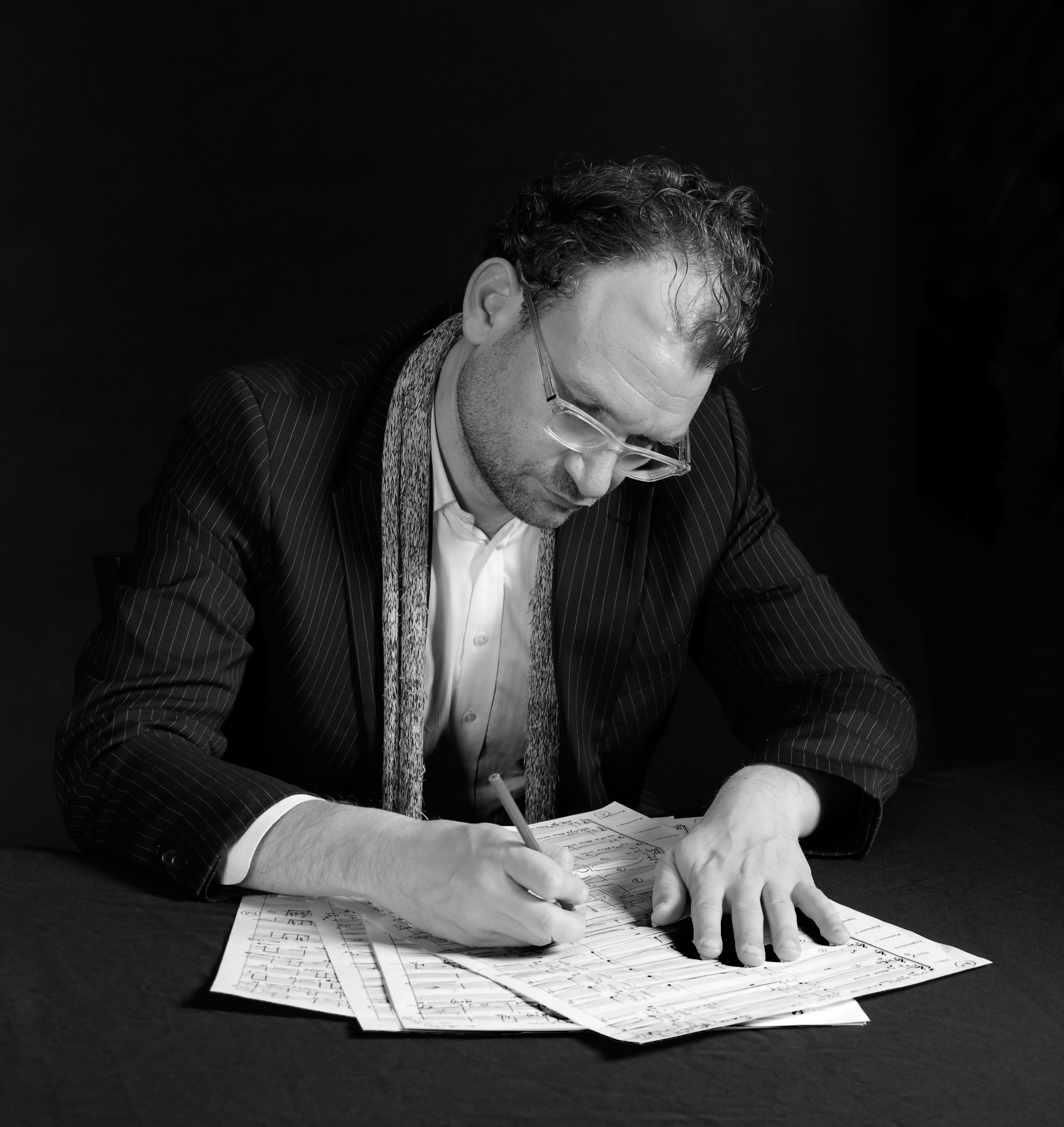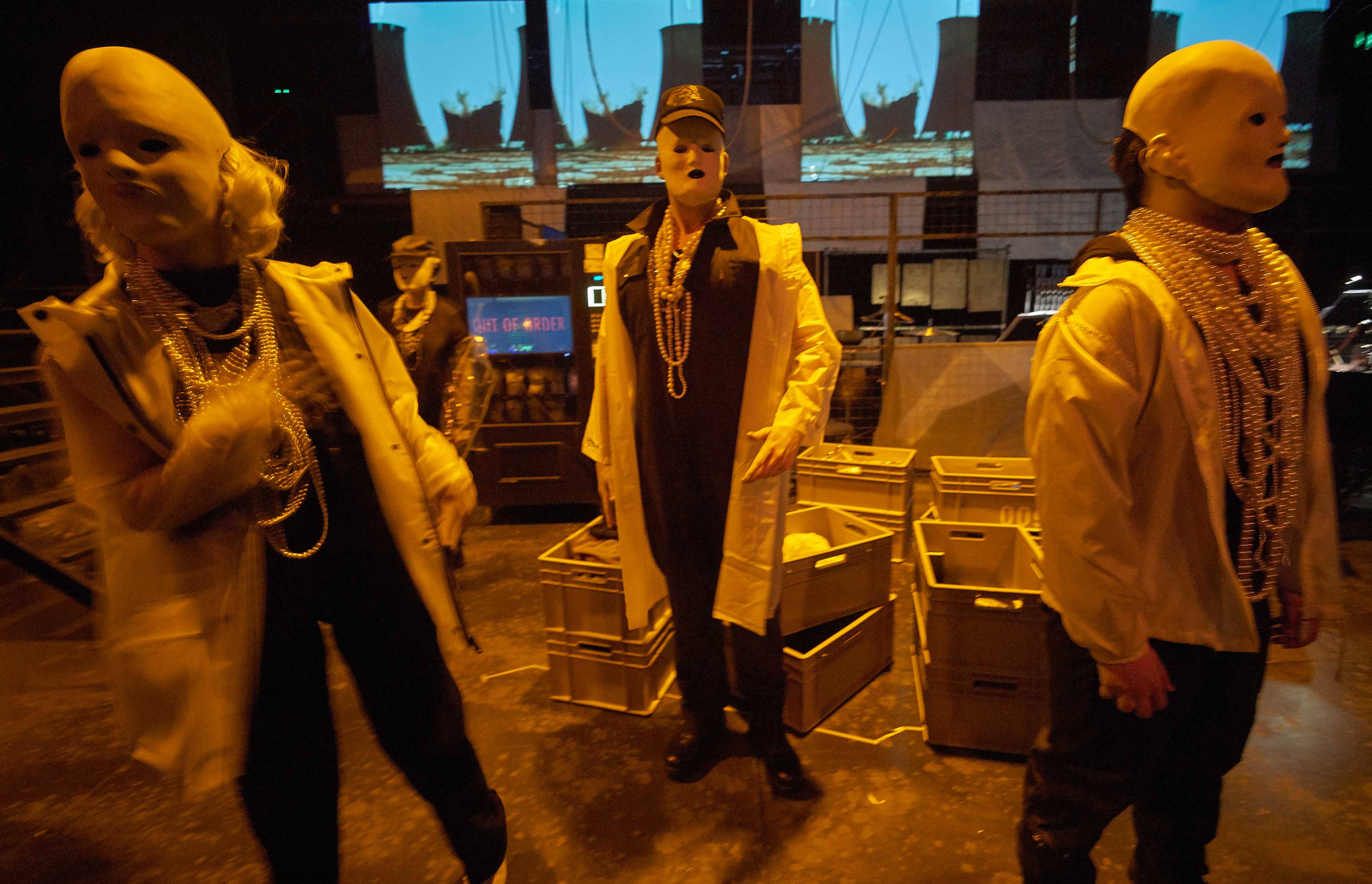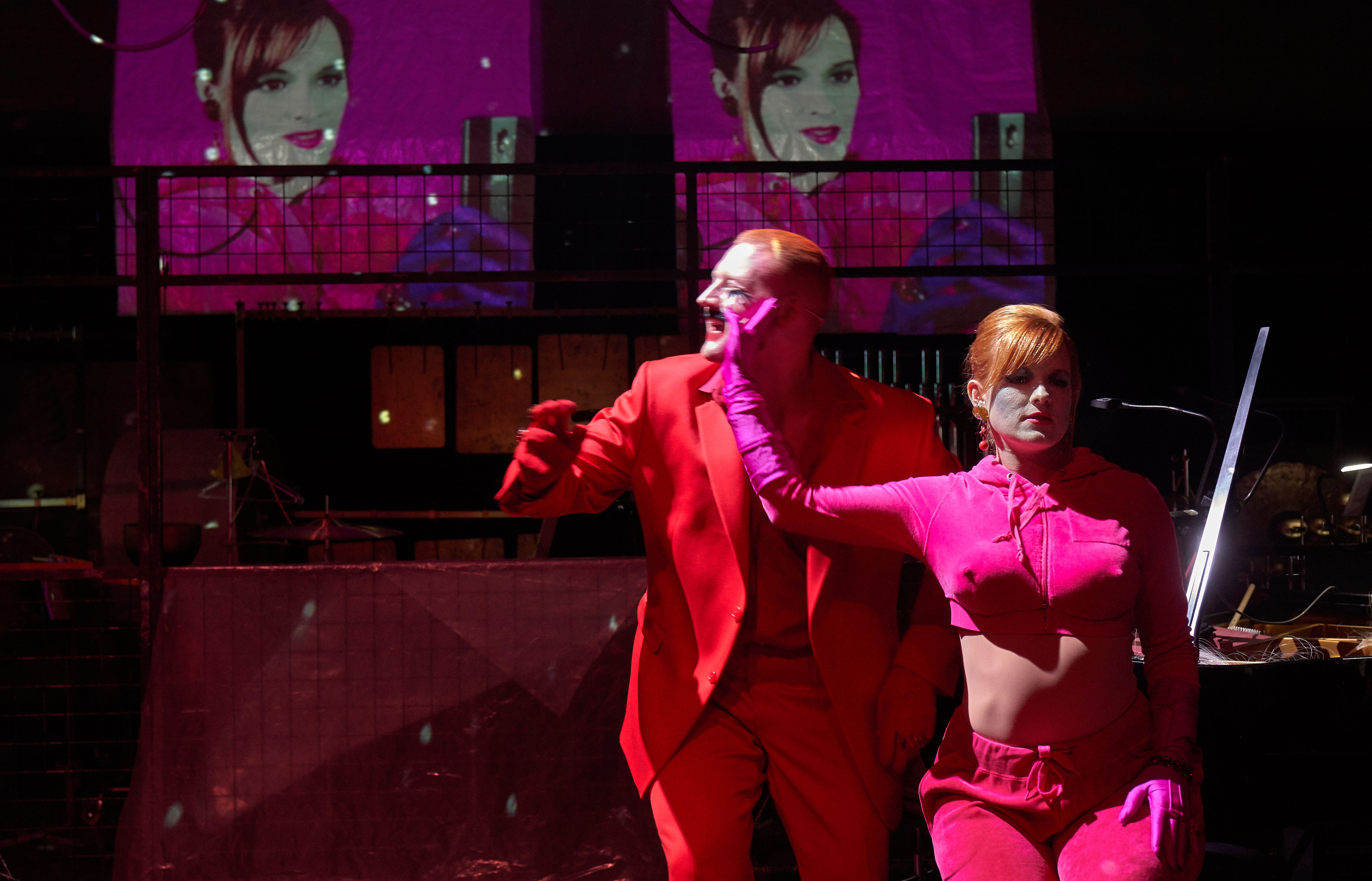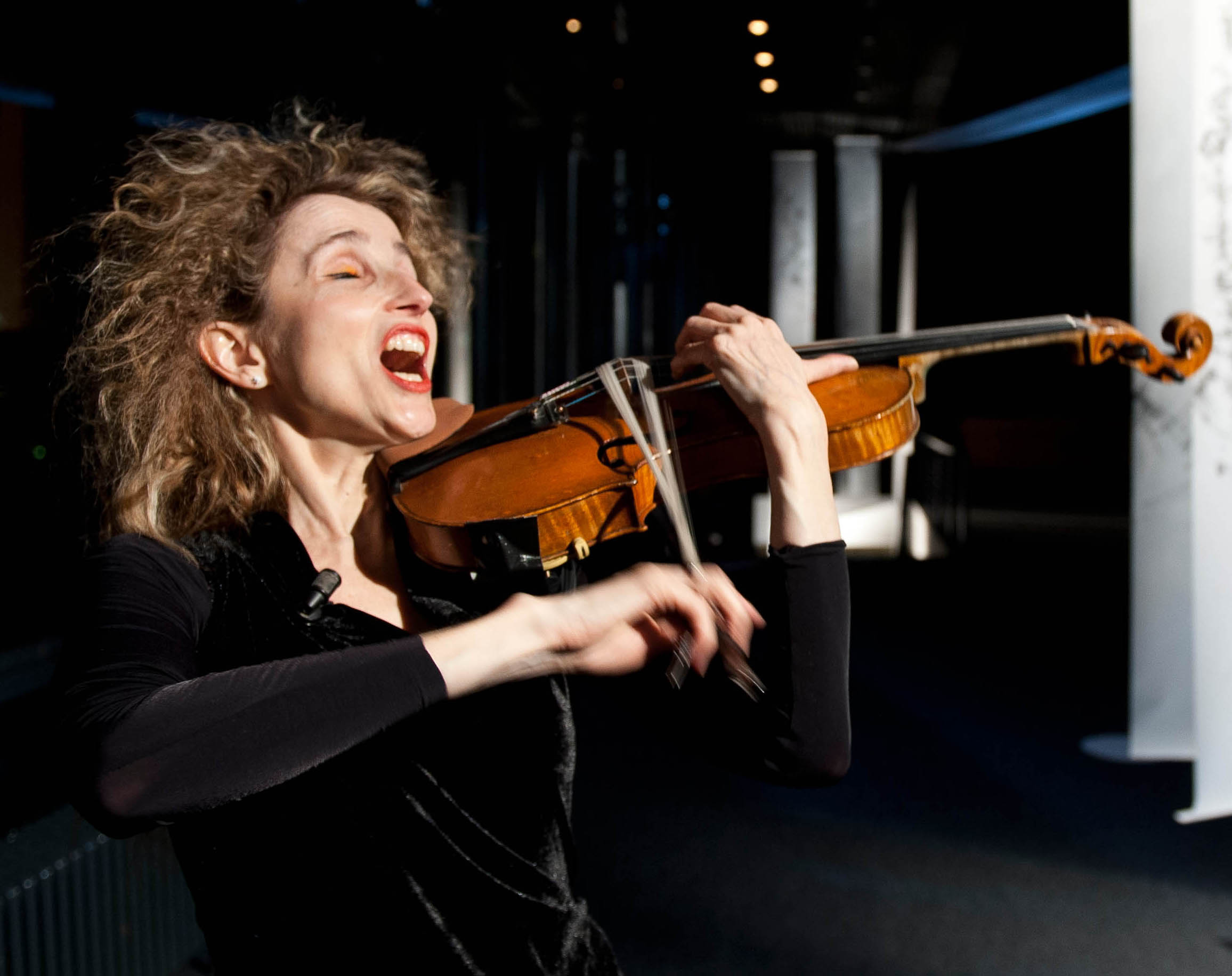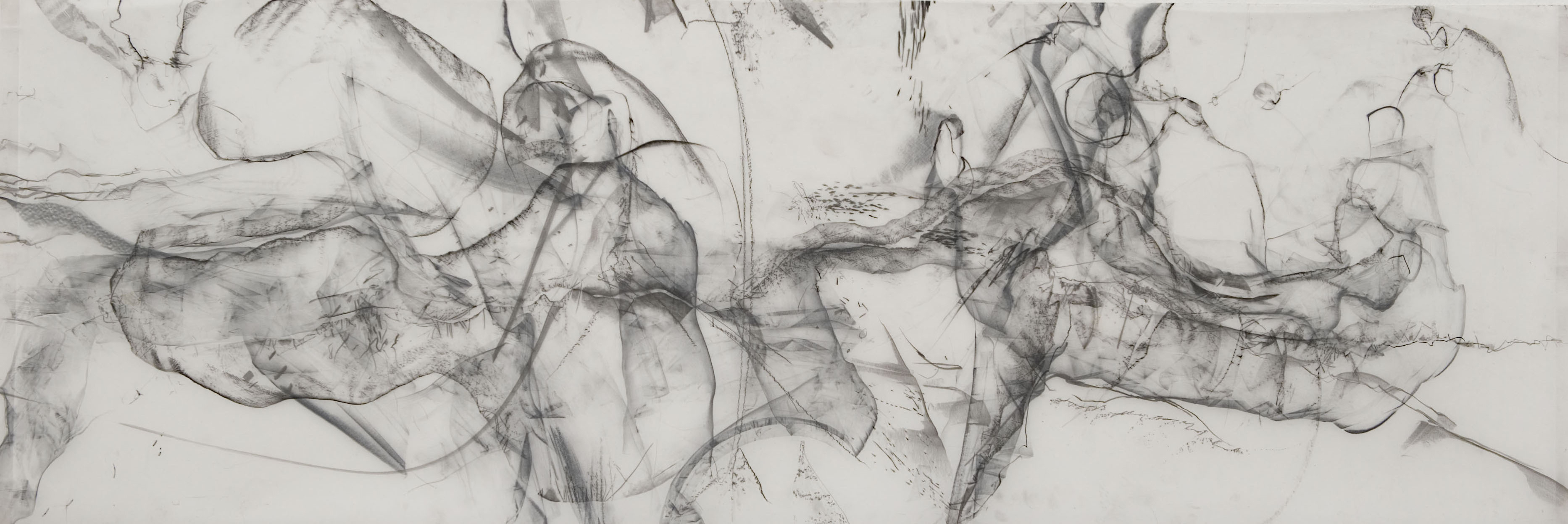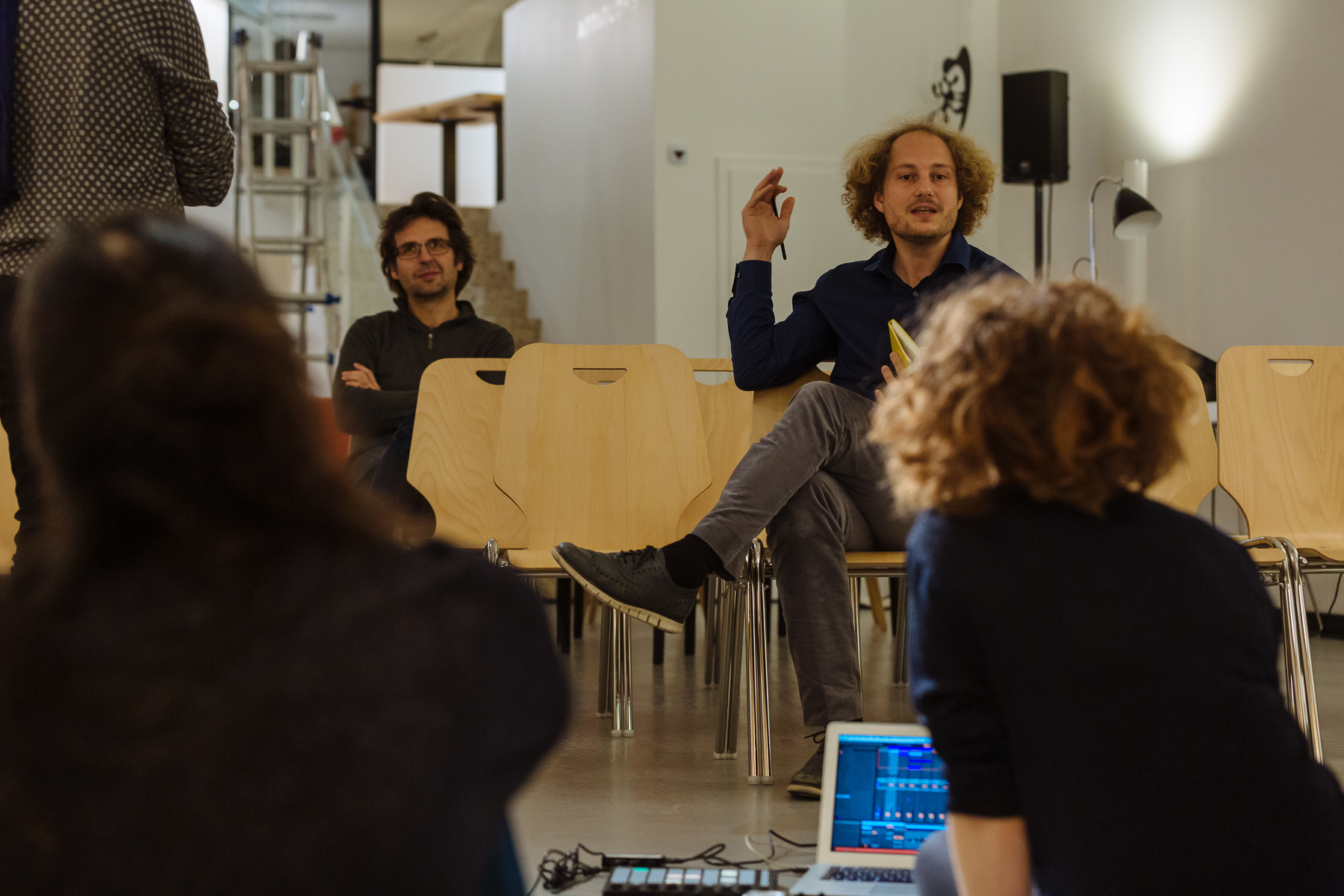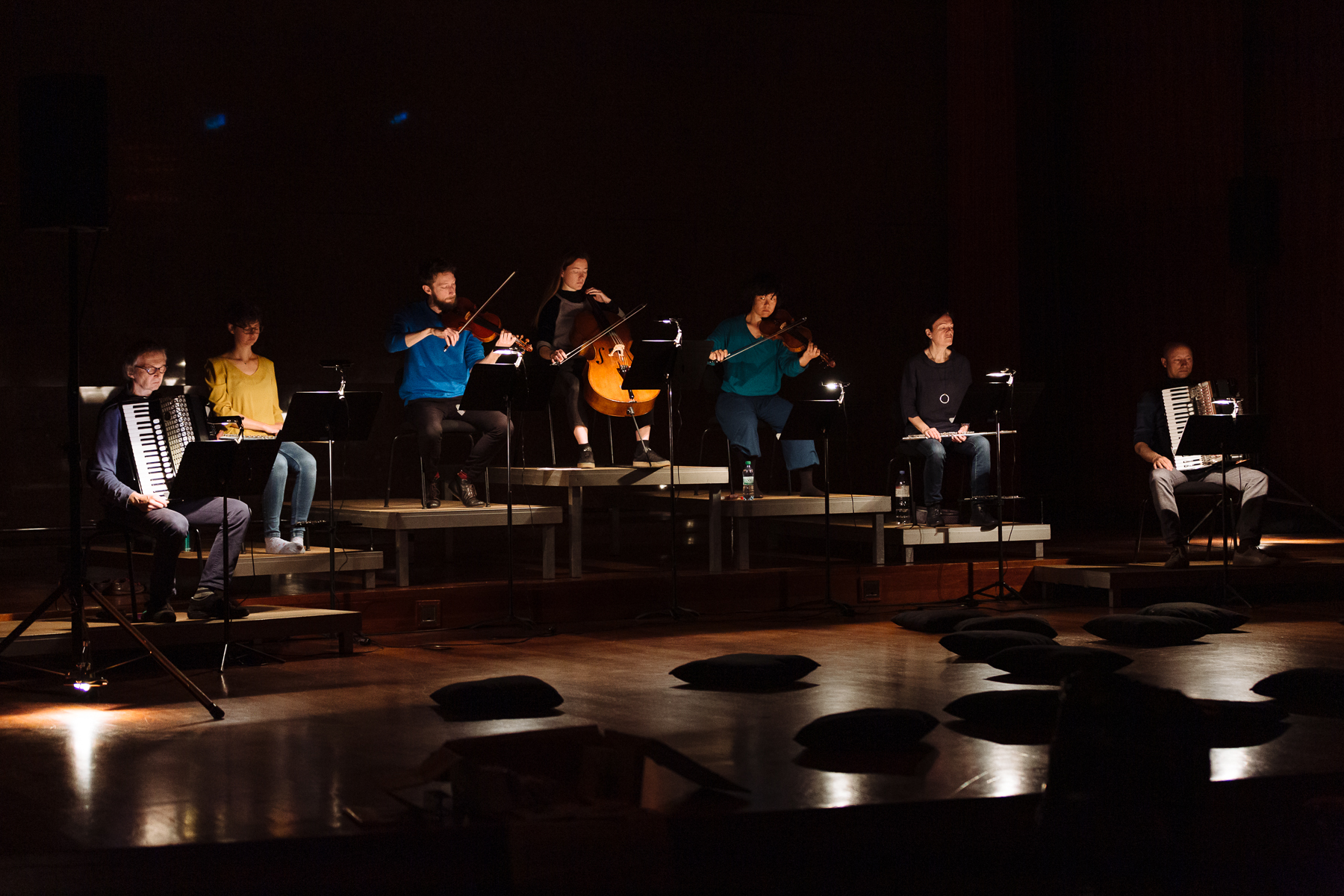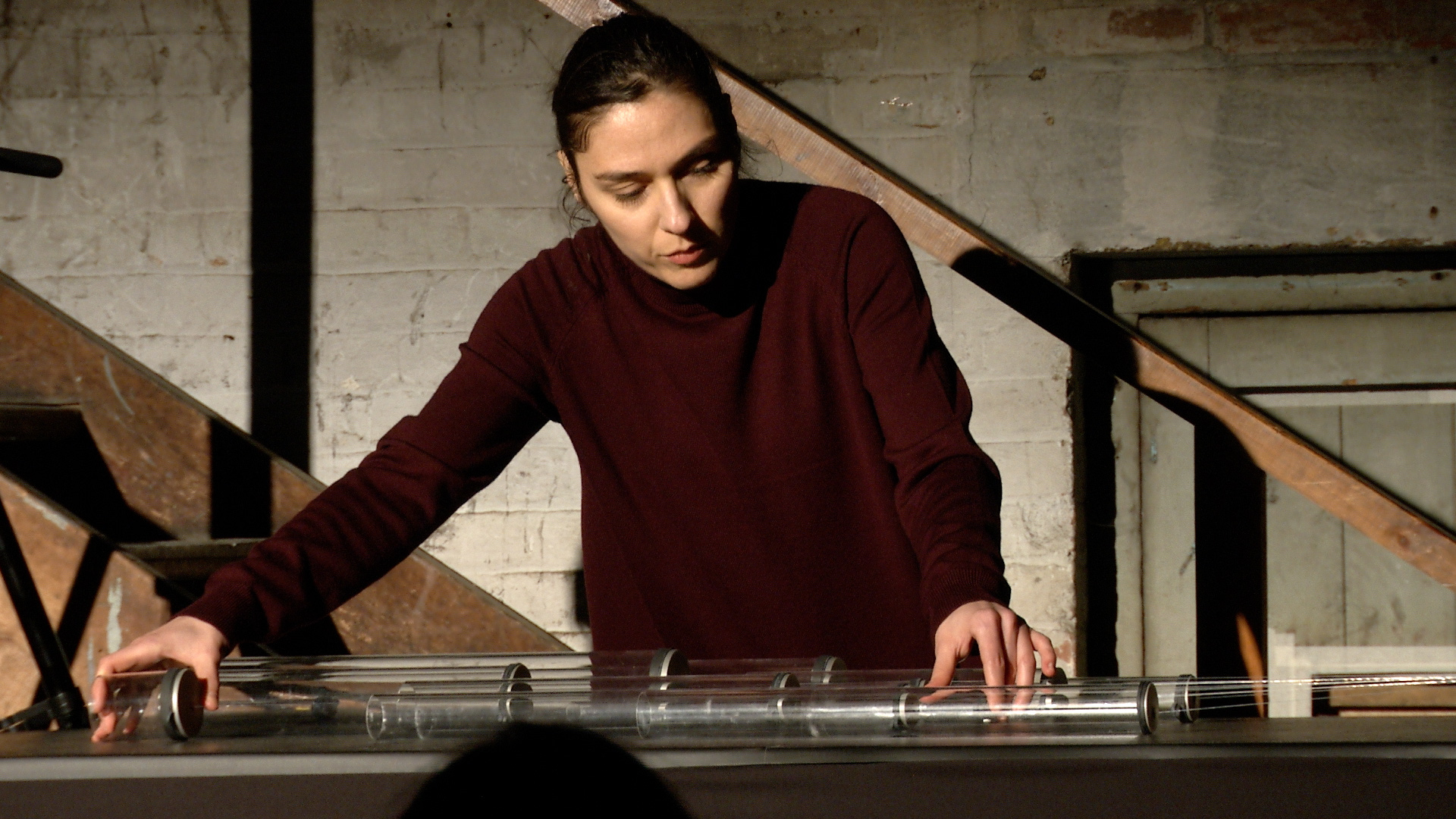
“ZeitRäume” festival welcomes you in the courtyard of Basel’s “Kunstmuseum” with a walk-through and interactive sound sculpture. Composer and sound artist Marianthi Papalexandri-Alexandri’s contribution to this major collaborative work is her mysterious tube instrument “Untitled VII”.
Theresa Beyer visited Marianthi Papalexandri-Alexandri for neo.mx3 at her studio in Wald – Zurich region.
In the old days, textiles used to be woven in these large and bright factory rooms. Today Marianthi Papalexandri-Alexandri and kinetic artist Pe Lang live and work here. Their loft is a lab full of machines, electronics and mechanical objects.
At the back of a workbench, Pe Lang flips a toggle switch and a disc starts turning on black cardboard, Marianthi pulls out needles of various sizes and sticks them into the cardboard. With this gesture, the object turns into an instrument: whenever the small tubes that pop up from the disc touch the needles, fine bell tones are generated. When several performers insert needles into the cardboard of several machines according to a certain pattern, this concept grows into the work “Resonators”. Conceiving this kind of acoustic settings is the core of Marianthis and Pe Lang’s work.
Marianthi Papalexandri-Alexandri und Pe Lang: Modular No.3
Long-term materials research
Each and every detail of these sound objects is the result of countless material tests – and “Untitled VII” – incorporated by “ ZeitRäume” Festival into the large sound sculpture “Rohrwerk/Fabrique Sonore” – makes no exception. In the studio, Pe Lang shows the prototype: “The 24 tubes are made of transparent acrylic, a material that has the potential to produce warm sound. Each tube is then covered with a TPE foil through which we have stretched a nylon string. And the wheels at the front of the small electric engines are made of hard cotton fabric and coated with a kind of rosin. Sound is produced by increasing the friction.”

Pe Lang turns on the small engines of the tube instrument, generating a continuous tone, the result is complex, organic and beautiful at once – an independent sound sculpture with the potential of growing into a composition. To unfold this potential, Pe Lang slips into the role of performer and slowly changes the speed of the engines, the tension of the nylon string and the position of the clamps attached to it. The sonic reaction is immediate – sometimes reminiscent of a modular synthesizer, sometimes of an organ rich in overtones, sometimes of Eliane Radigue’s or La Monte Young’s meandering drones.
Marianthi compares the delicacy and carefulness with which the instrument is to be played to a Japanese tea ceremony: “Although each and every gesture are the result of great calculation, it all appears to be effortless and simple. Each movement being part of a natural flow”.
Marianthi Papalexandri-Alexandri: Untitled II (“Untitled VII” is a sequel of “Untitled II.”)
The Charme of the flawed
There is one further element playing its role in “Untitled II”’s sound flow: the material itself. “The diaphragm’s tension decreases over time, the rosin wears off and the engines begin to wobble a bit,” says Pe Lang, “these inaccuracies have been incorporated deliberately. The tube instrument, pretending to be clean, minimalistic and controllable, is not a perfect machine after all.”
This is another reason why Marianthi’s and Pe Lang’s sound sculptures and compositions always move in spaces between accurate and inaccurate, object and performance, mechanical and electronic. And when they leave the studio in Wald, they end up somewhere between galleries and concert halls.
But who is actually composing here: the composer, the performer, or the instrument itself? Those are exactly the lines that Marianthi is trying to blur with her sound sculptures. “I want to place composer, performer and instrument on the same level and thereby also question the whole idea of authorship”. So finally, who or what is in charge always depends on the point of view.
Theresa Beyer
Marianthi Paplexandri-Alexandri: Untitled VI
With its 30 projects, this year’s edition of “ZeitRäume – Biennale für neue Musik und Architektur” in Basel is the largest to date. The 45-metre-high sound tower “Rohrwerk/Fabrique sonore” can be experienced in the courtyard of the Kunstmuseum, from September, 15 to September, 21. Marianthi Papalexandri-Alexandri is one of the six composers and four musicians bringing this mixture of pavilion and musical instrument to life.
This year’s Swiss Music Prize will be awarded on September, 20, at the Kunstmuseum Basel, as part of the ZeitRäume festival. Among the nominees, Cod.act, Michael Jarrell, Pierre Favre, Laurent Peter (d’incise) and Kammerorchester Basel.
Zeiträume – Biennale für neue Musik und Architektur, Marianthi Papalexandri-Alexandri, Pe Lang
neo-profiles: ZeitRäume Basel, Marianthi Papalexandri-Alexandri, Pe Lang, Kammerorchester Basel, Michael Jarrell, Pierre Favre, d’incise / tresque
Broadcasts SRF 2 Kultur:
Musik unserer Zeit, Marianthi Papalexandri-Alexandri, Pe Lang: 11.September, 20h, Wiederholung 14.September, 20h;
Passage: Cod.act -Maschinenmusik aus La Chaux-de-Fonds: 20. September, 20h; Kontext, 20. September


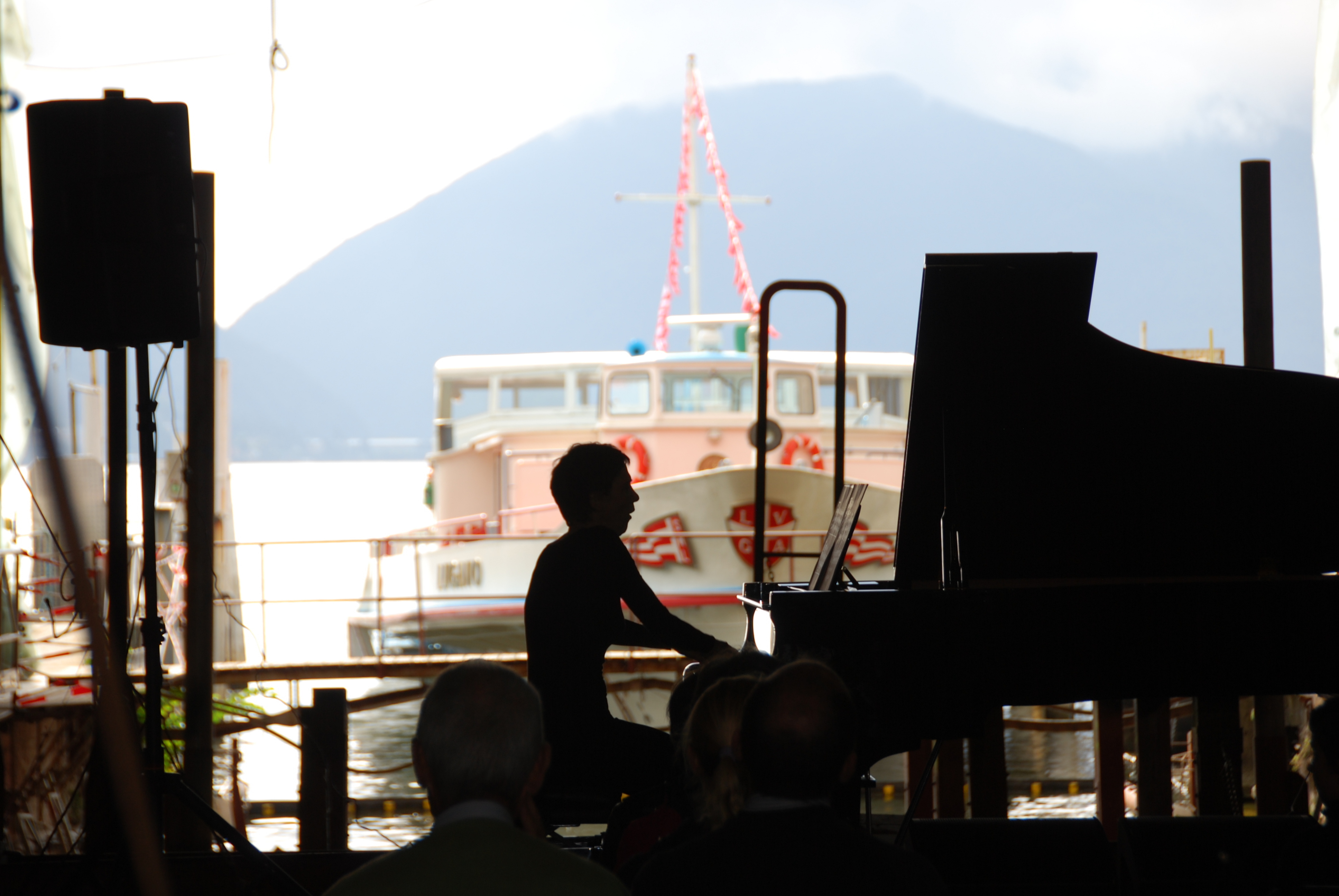

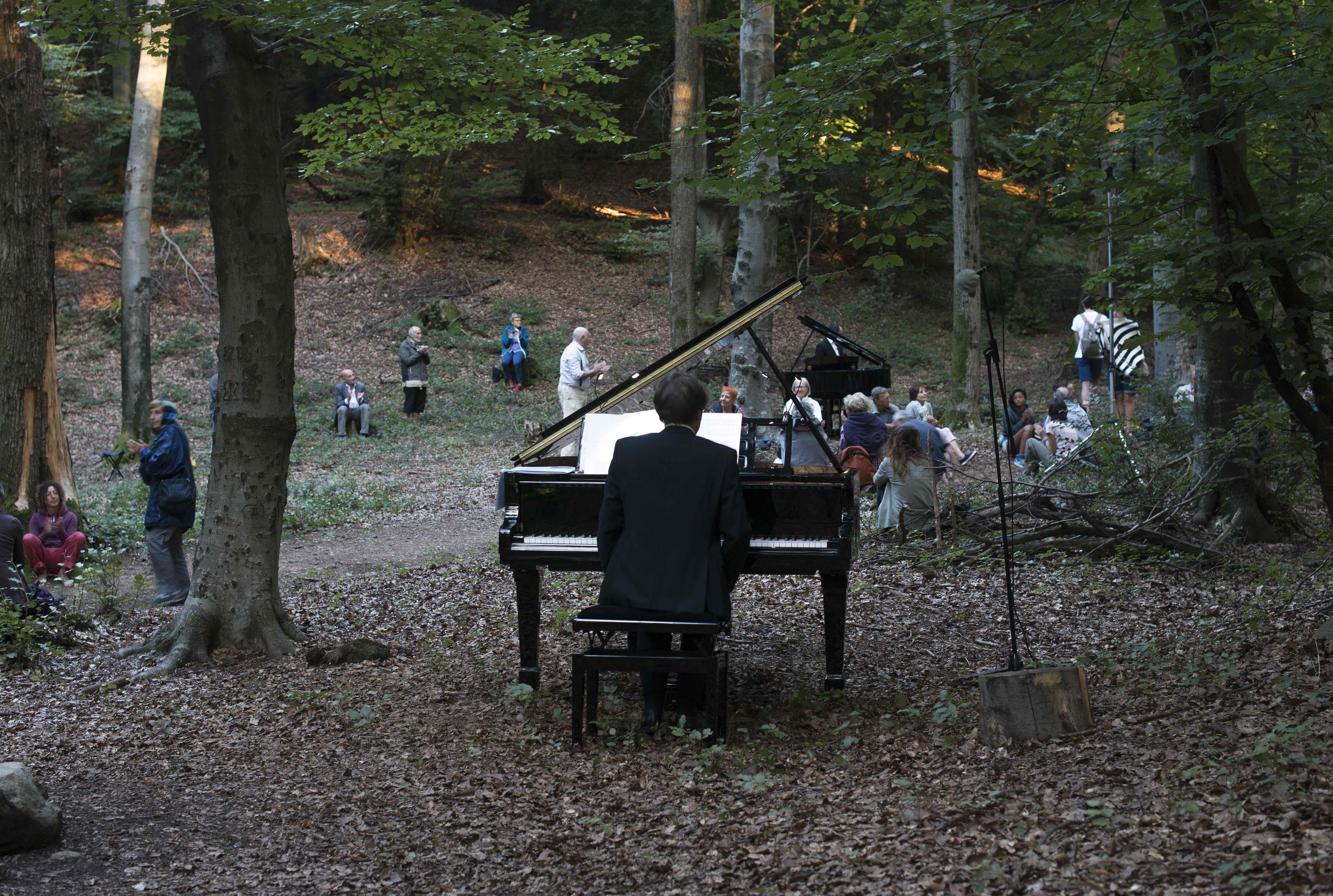
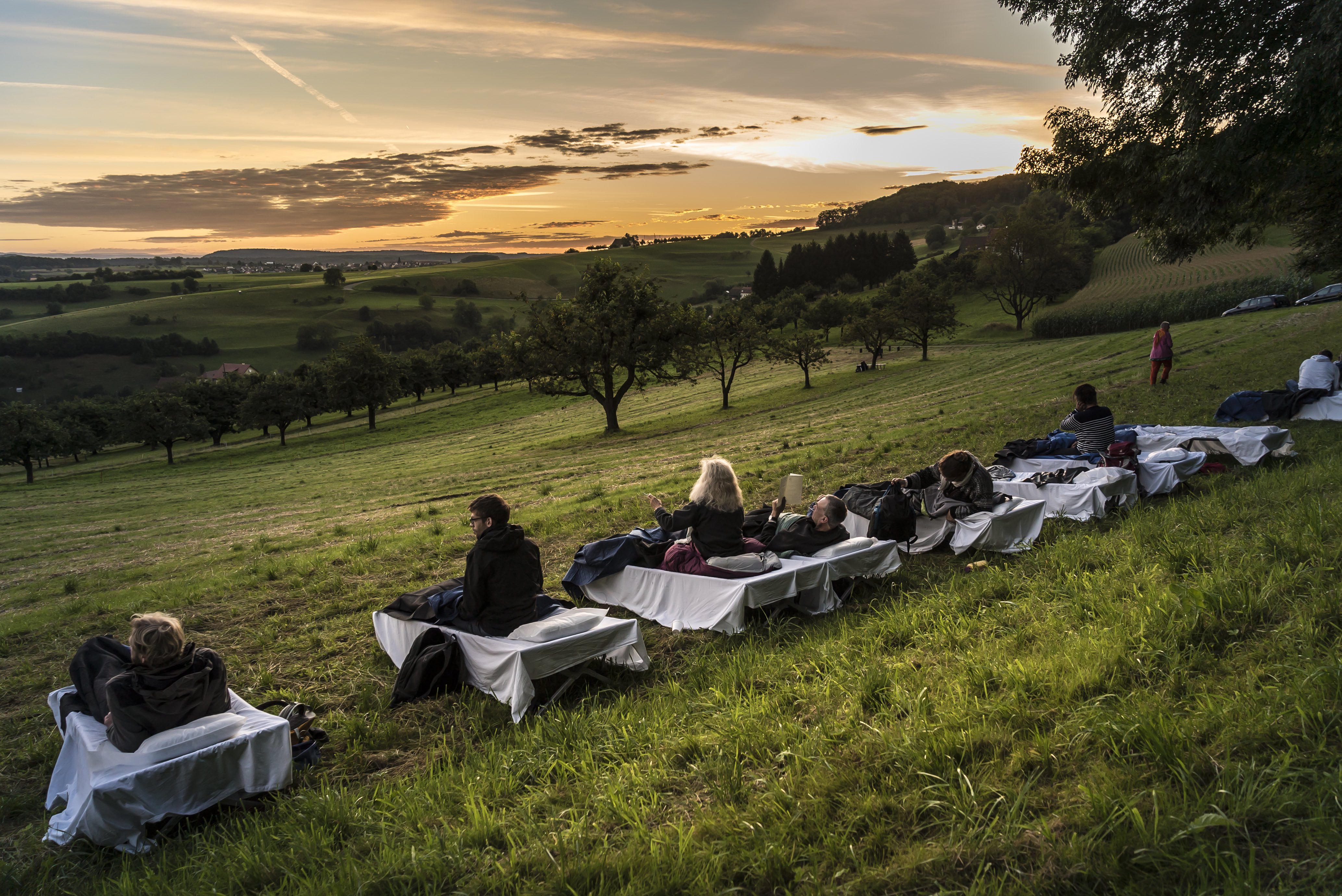
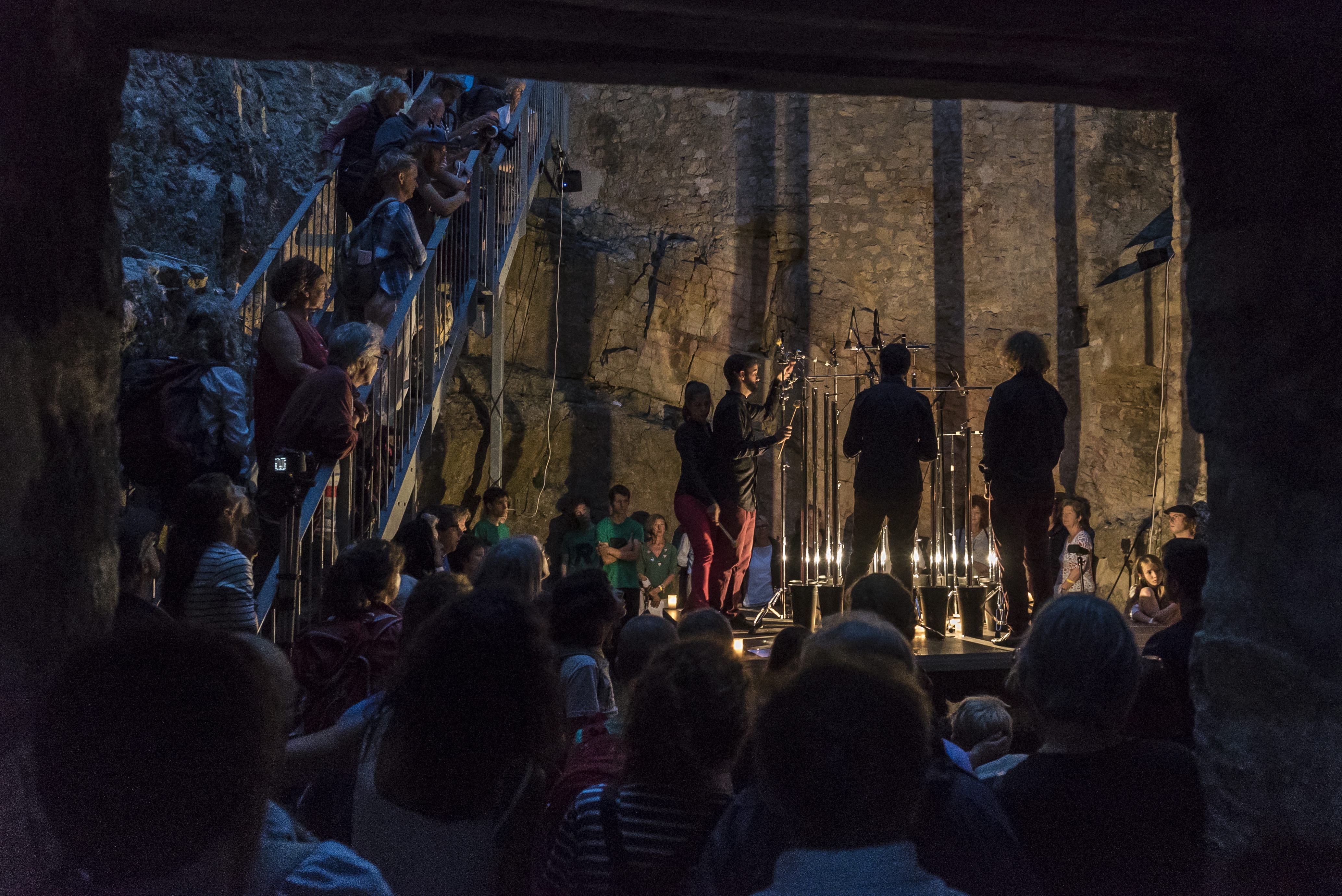

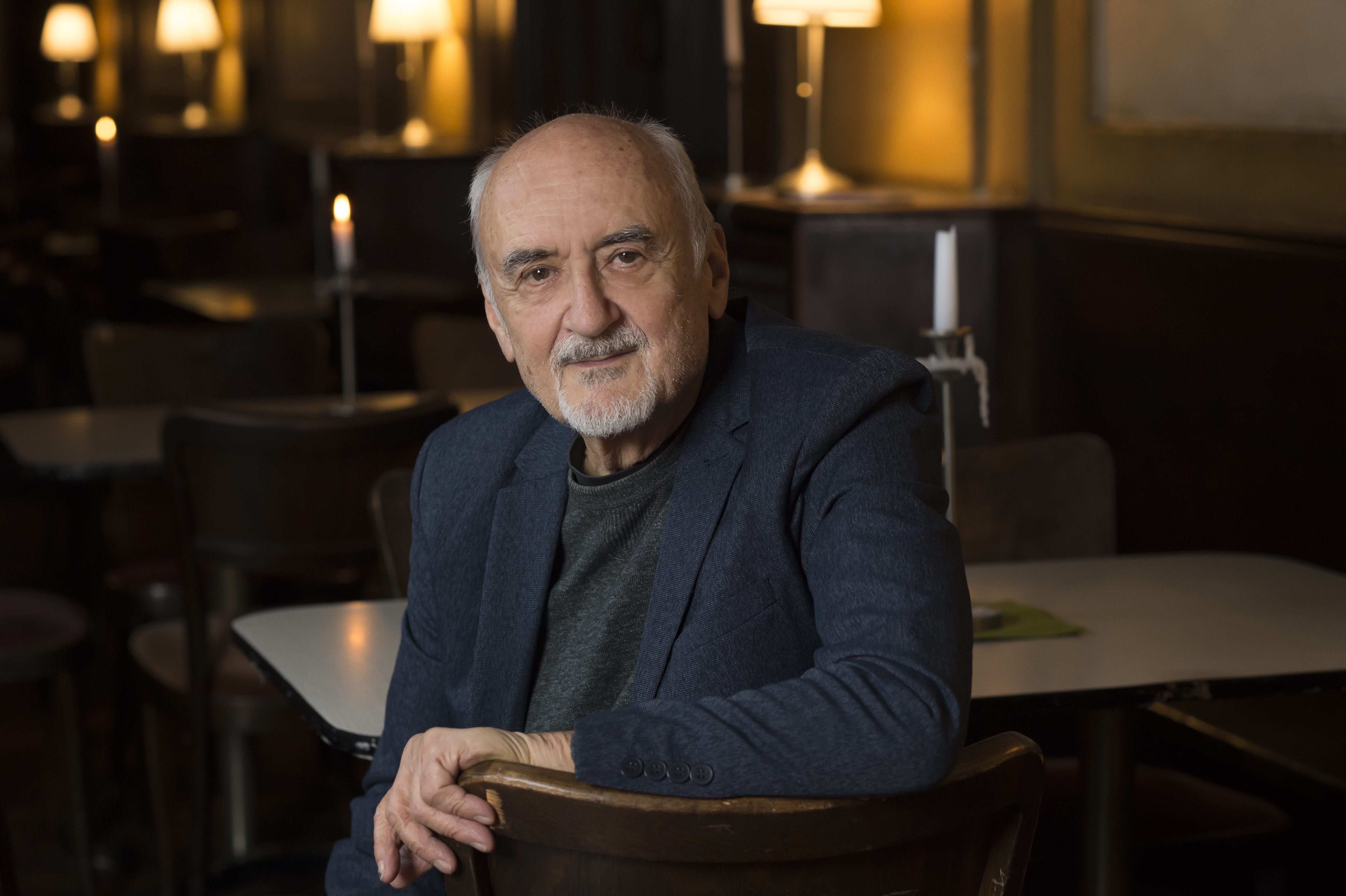

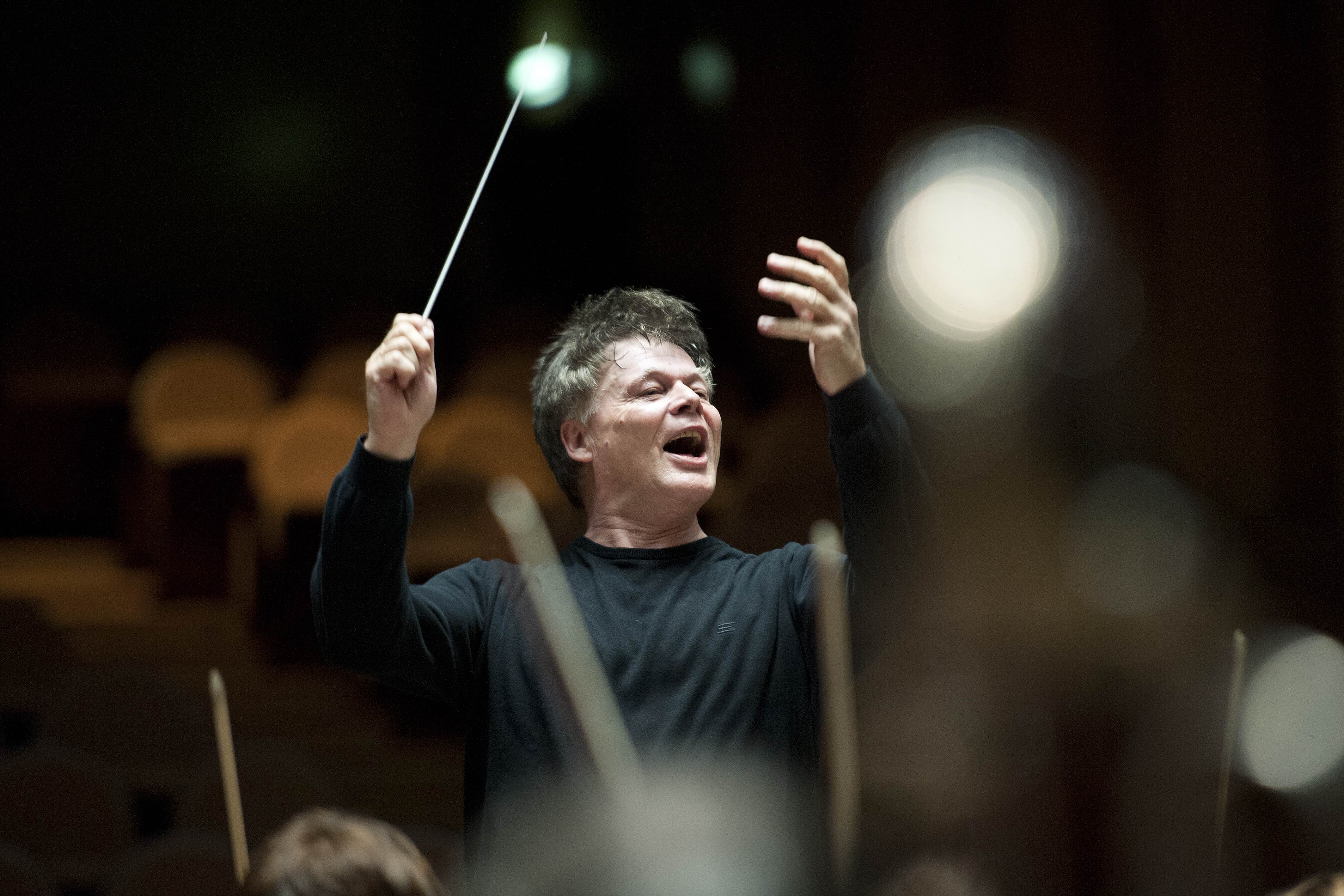
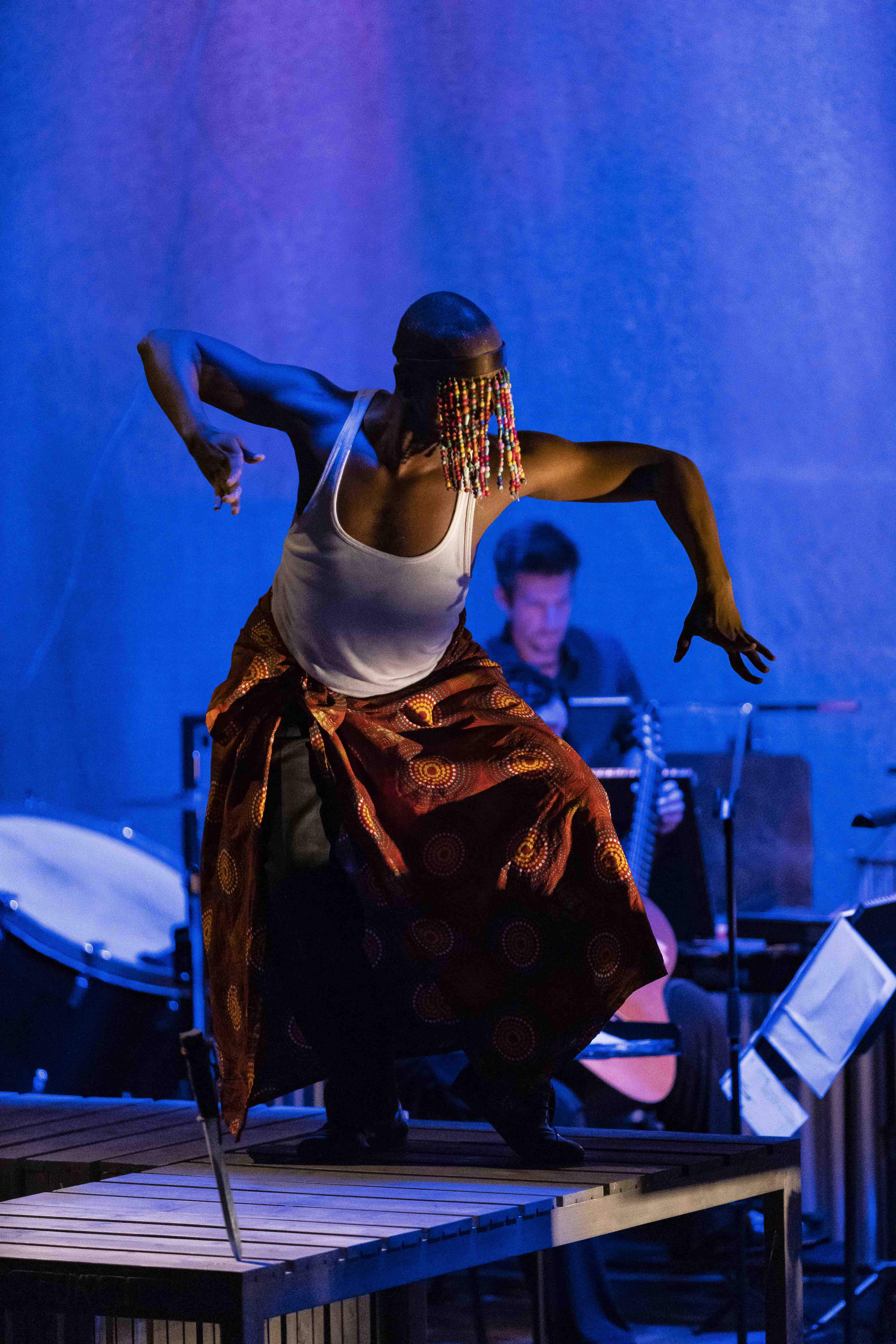
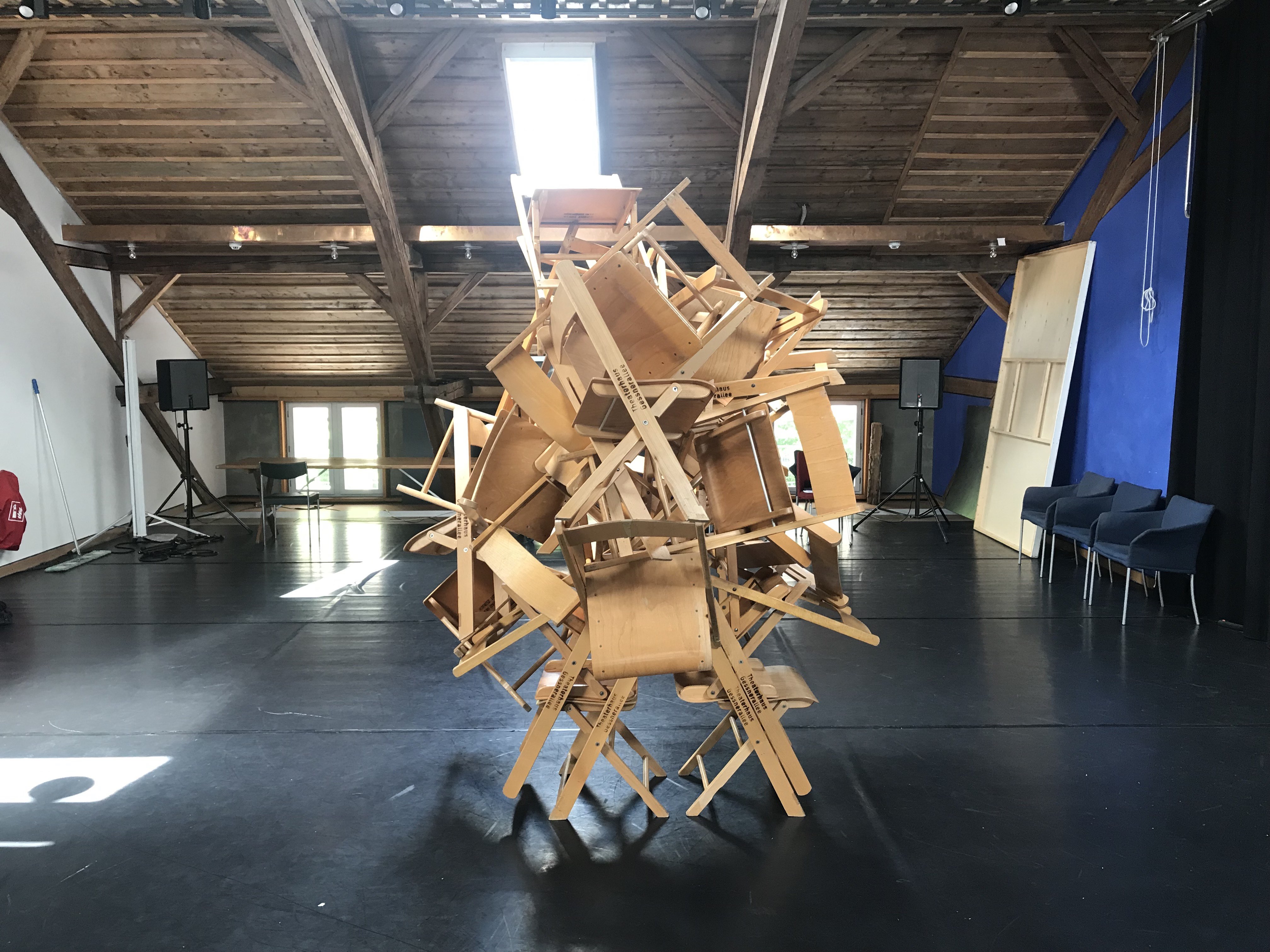 Ensemble Tzara: “The Joy of Saying Yes”, rehearsal picture season 2019/20
Ensemble Tzara: “The Joy of Saying Yes”, rehearsal picture season 2019/20 